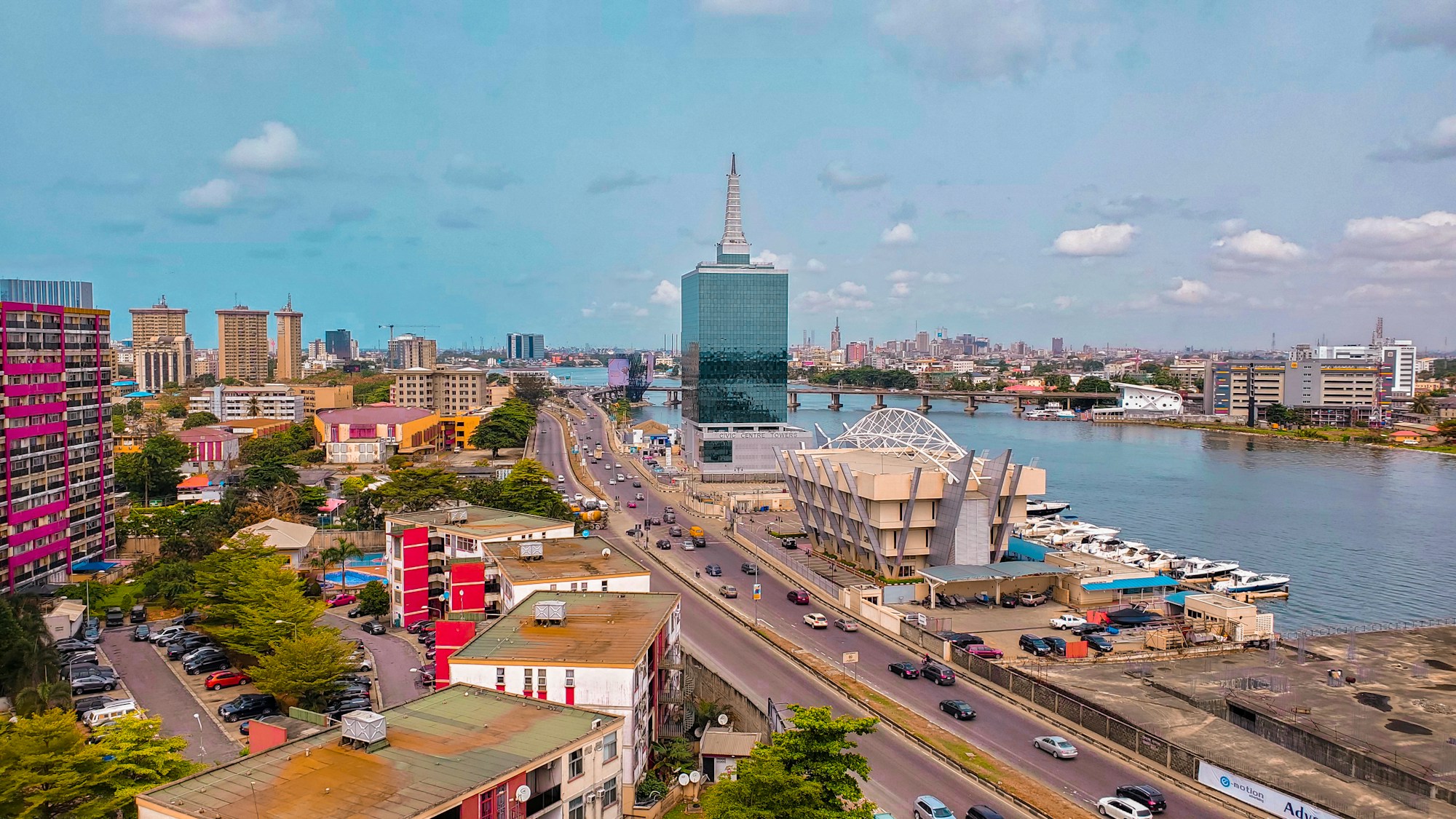Best Time to Visit Lagos: Weather, Seasons & Ideal Months

Best Time to Visit Lagos: Weather, Seasons & Ideal Months
Lagos is a vibrant city located in Nigeria, known for its beautiful beaches, thriving nightlife, and rich cultural heritage. With its tropical savanna climate, Lagos experiences two distinct seasons: the dry season and the rainy season. Understanding the weather patterns can help you plan the perfect trip to this bustling city.
Seasons in Lagos
The dry season in Lagos typically runs from November to March, while the rainy season lasts from April to October. Below, you'll find more details about each season:
Dry Season (November to March)
The dry season in Lagos is characterized by hot and sunny weather. The temperatures during this season can reach highs of around 33°C (91°F) during the day, with mild cooler nights averaging around 22°C (72°F). This season is an ideal time for sightseeing, outdoor activities, and exploring the city's beaches. The humidity levels are relatively low, ranging from 55% to 75%. The skies are mostly clear, offering ample opportunity for sunbathing and enjoying the beautiful landscapes. It's important to note that Harmattan winds blowing from the Sahara Desert can bring dust haze and reduced visibility during the dry season.
Rainy Season (April to October)
The rainy season brings relief from the heat, but also more humidity and occasional showers. The temperatures during this season range from 25°C (77°F) to 30°C (86°F), with high humidity levels averaging around 85%. The rainfall increases steadily from April, peaks in June and July, and tapers off towards October. Thunderstorms can occur during this season, but they are usually short-lived. Despite the rain, Lagos remains an exciting destination with a plethora of indoor activities, museums, and cultural sites to explore.
Ideal Months to Visit Lagos
The ideal months to visit Lagos depend on your preferences and the activities you wish to enjoy. Here's a breakdown of the different months and their weather characteristics:
| Month | Season | Humidity | Temperature (°C) | Sun (hours/day) | Rain (mm) |
|---|---|---|---|---|---|
| November | Dry Season | 65 - 80% | 22 - 32 | 8 | 20 |
| December | Dry Season | 60 - 75% | 22 - 32 | 7 | 8 |
| January | Dry Season | 55 - 70% | 22 - 32 | 9 | 0 |
| February | Dry Season | 50 - 65% | 23 - 33 | 9 | 0 |
| March | Dry Season | 50 - 60% | 23 - 33 | 9 | 0 |
| April | Rainy Season | 60 - 80% | 24 - 31 | 7 | 50 |
| May | Rainy Season | 70 - 85% | 24 - 30 | 6 | 100 |
| June | Rainy Season | 75 - 90% | 24 - 29 | 4 | 150 |
| July | Rainy Season | 80 - 90% | 24 - 29 | 4 | 200 |
| August | Rainy Season | 80 - 90% | 24 - 29 | 5 | 200 |
| September | Rainy Season | 75 - 90% | 24 - 29 | 6 | 150 |
| October | Rainy Season | 70 - 85% | 24 - 30 | 7 | 100 |
Based on the table above, November to March is considered the best time to visit Lagos, as it falls within the dry season. During these months, you can enjoy pleasant temperatures, lower humidity levels, and minimal rainfall. However, if you don't mind occasional showers and slightly higher humidity, the rainy season from April to October can still offer a fantastic experience in Lagos.
Now that you have a better understanding of Lagos' weather patterns, you can make an informed decision about when to plan your visit. Whether you prefer the dry season or don't mind the occasional rain, Lagos has something to offer all year round.
